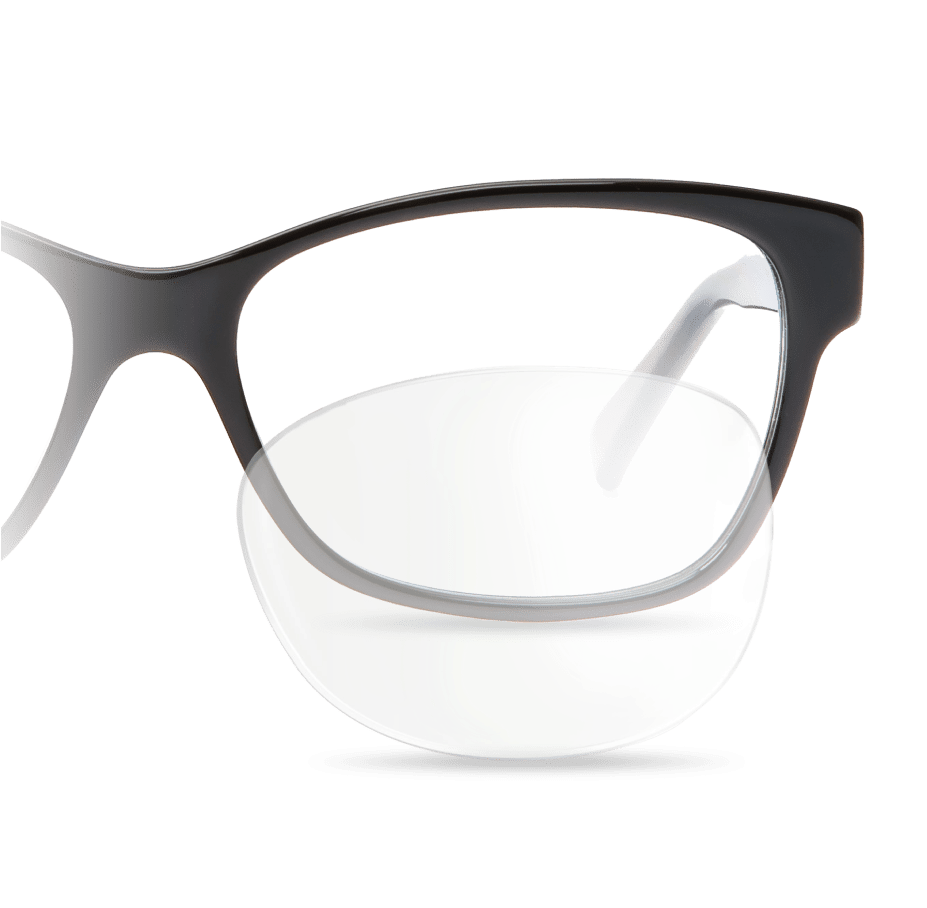Progressive Lenses for Glasses & Sunglasses
As part of the natural aging process, most people will need progressive lenses around age 40. For anyone with presbyopia—a reduction in our ability to see near-vision clearly—multifocal lenses can provide a significant visual benefit. Not to mention, progressive lenses are much more aesthetically and cosmetically appealing! These lenses offer three fields of vision correction, functioning like having three pairs of glasses all in one lens! read more
No Posts
Progressive lenses seamlessly transition between your reading, intermediate, and distance vision zones. This means you can drive, view your computer, or read a book using only one pair of eyeglasses. Unlike lined multifocal lenses that create a “jump” feeling when switching between zones, progressive lenses are often referred to as “seamless vision” or “no-line multifocal lenses.” While they take a brief adjustment period—typically around two weeks—many find the transition well worth the visual freedom. Replacement Lens Express offers a wide range of progressive lenses in a variety of brands and materials, including our exclusive RLE HD Digital progressive lens.
Types of Lenses for Various Visual Needs
Whether you require single vision lenses or multifocals, various options are available to meet your specific vision requirements. Here’s an overview of popular types:- Single Vision Lenses Designed to correct for one field of vision, either near or distance. These lenses are often chosen by those who only need correction for one type of vision impairment, such as nearsightedness or farsightedness.
- Progressive Lenses Also known as multifocal lenses, these lenses provide a smooth transition between reading, intermediate, and distance zones without any visible lines. They allow for a natural visual experience and eliminate the need for multiple pairs of glasses.
- Bifocal Lenses Bifocals have two distinct areas of vision correction—typically for near and distance vision. These lenses have a visible line separating the two fields, which can be noticeable when switching between them.
- Trifocal Lenses Trifocals offer three fields of vision (near, intermediate, and distance) and are divided by visible lines. These are less common than progressive lenses but can be an option for those needing three distinct focal zones.
- Computer / Office Lenses Designed specifically for screen use, these lenses optimize the intermediate and near vision zones, providing better focus for extended computer work and reducing digital eye strain.
- Non-Prescription Lenses Available for those without a need for corrective vision, non-prescription lenses are often chosen for fashion or protective purposes, such as blocking blue light, UV protection, or sunglasses.


























